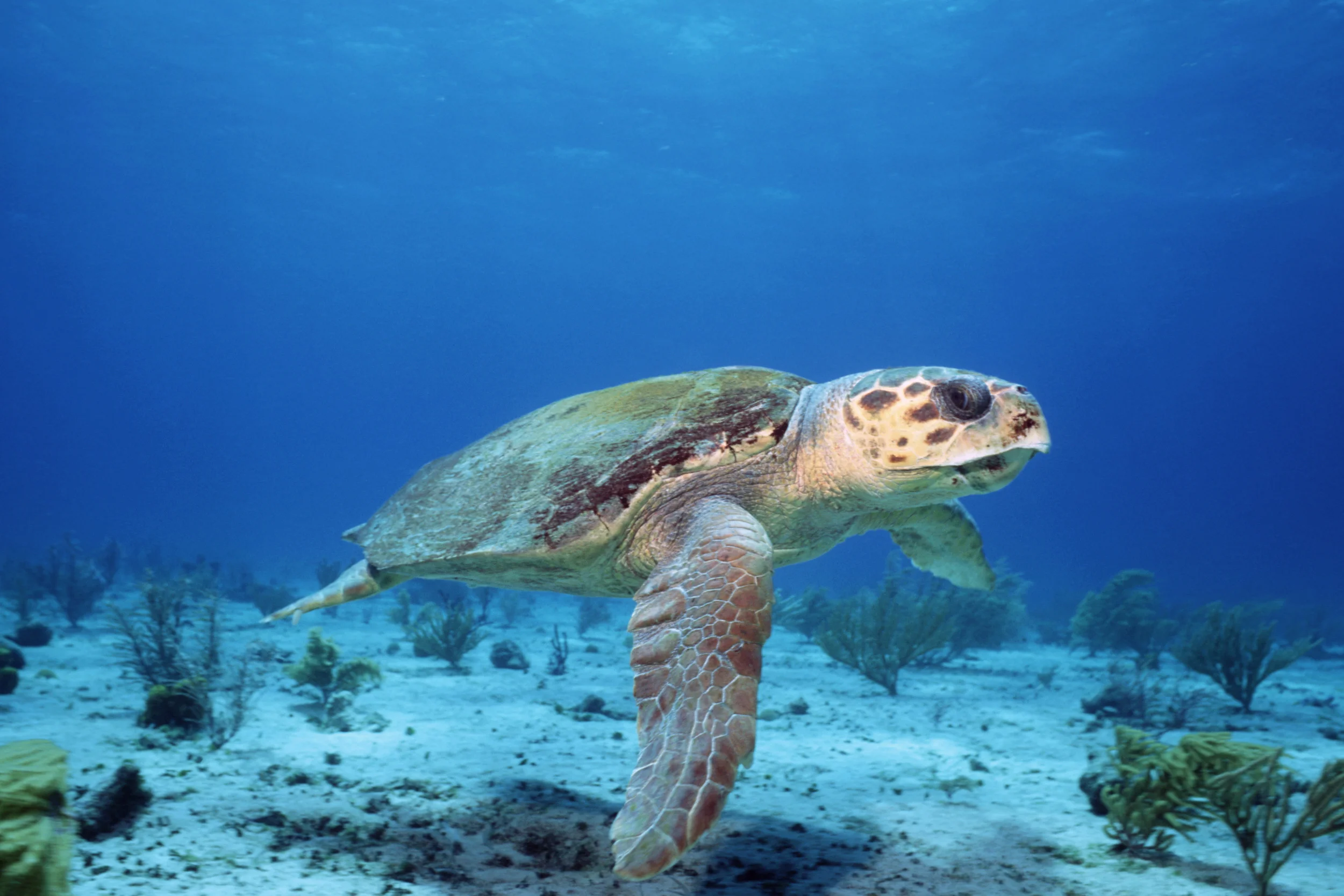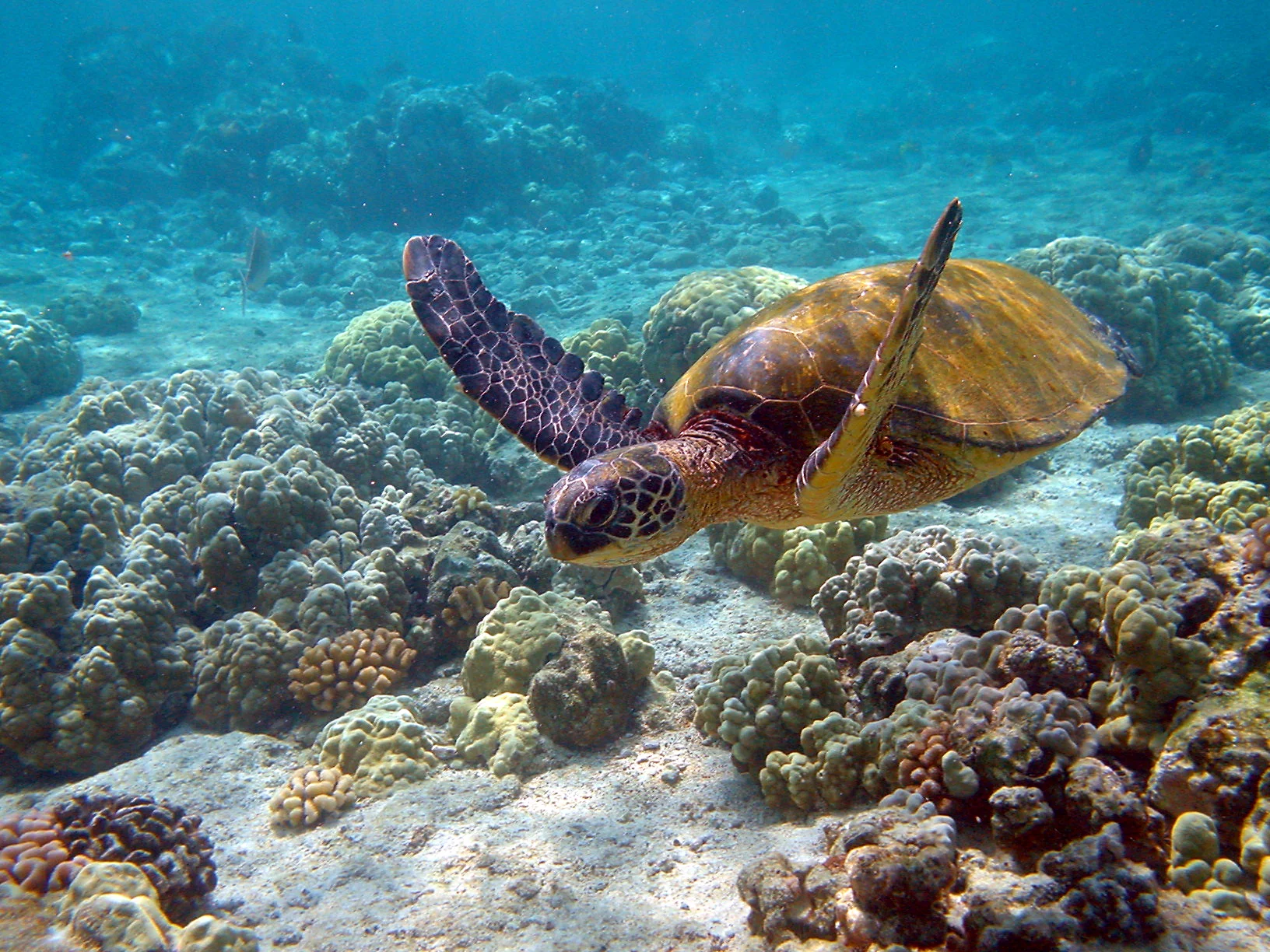OVERVIEW
The leatherback turtle is the largest of all living turtles. They are easily distinguished from other sea turtles by their leatherlike shell, as opposed to a bony one. Leatherback turtles are some of the most migratory turtles, crossing both the Atlantic and Pacific oceans. Pacific leatherbacks migrate from nesting beaches in the Coral Triangle all the way to the California Coast to feed on the abundant jellyfish every summer and fall.
Although they are the most widely distributed turtles in the world, leatherback turtle numbers have seriously declined during the last century due to intense egg collection as well as fisheries bycatch. Globally, the leatherback turtle is listed as Vulnerable, but many subspecies across the world are Critically Endangered.
DID YOU KNOW?
- Leatherbacks can consume more than twice their own body weight in prey per day, feeding exclusively on soft-bodied invertebrates like jellyfish and tunicates.
- Leatherback turtles can dive deeper than 4,000 feet! The only other animals known to dive deeper are sperm whales, beaked whales, and elephant seals.
- The largest leatherback turtle on record washed up dead on the coast of Wales in 1988. It weighed over 2,000 pounds and was over nine feet in length! It was estimated to be approximately 100 years old and had died from getting entangled in fishing gear and drowning.
- The IUCN has rated the leatherback turtle as critically endangered.
- The leatherback turtle's scientific name is Dermochelys coriacea.







